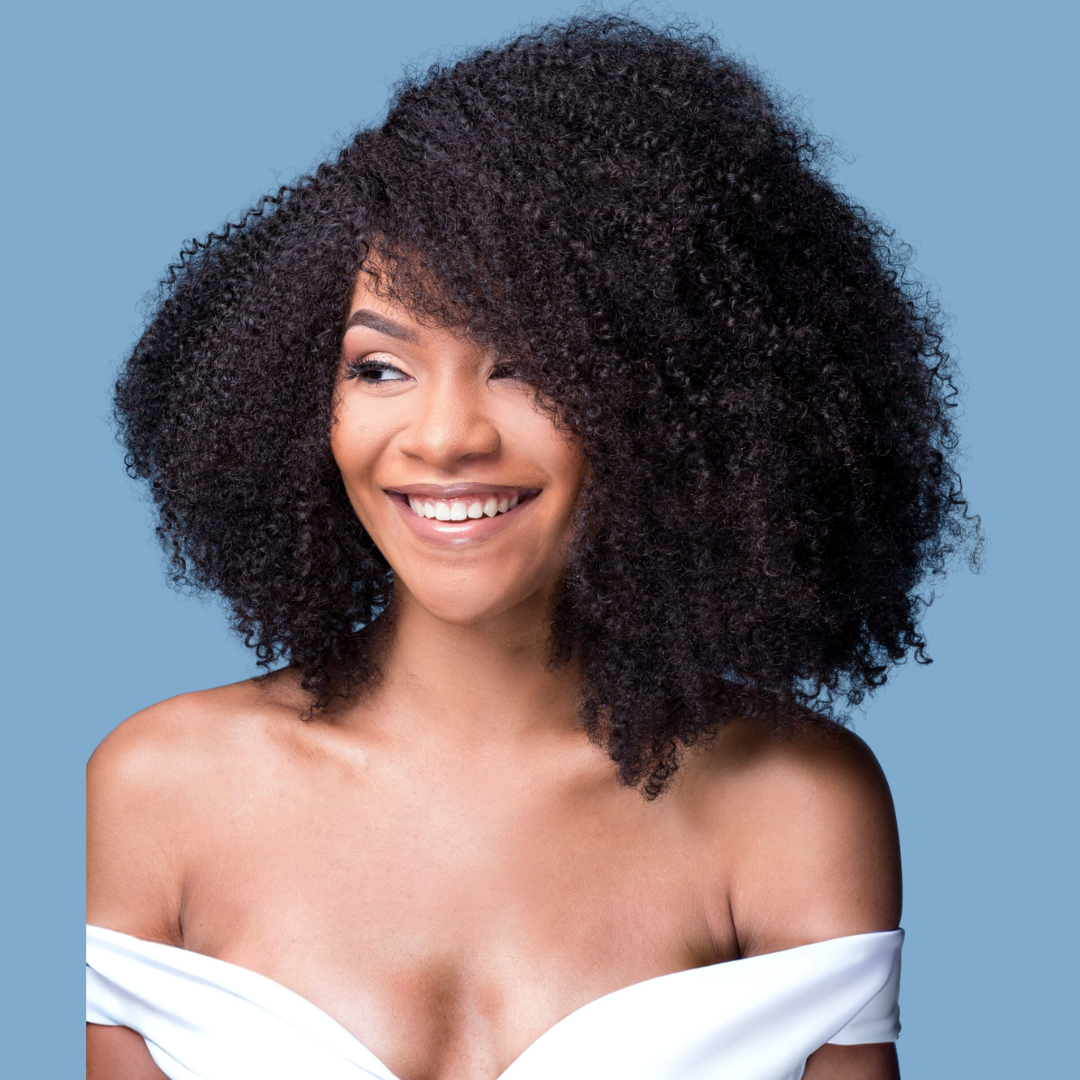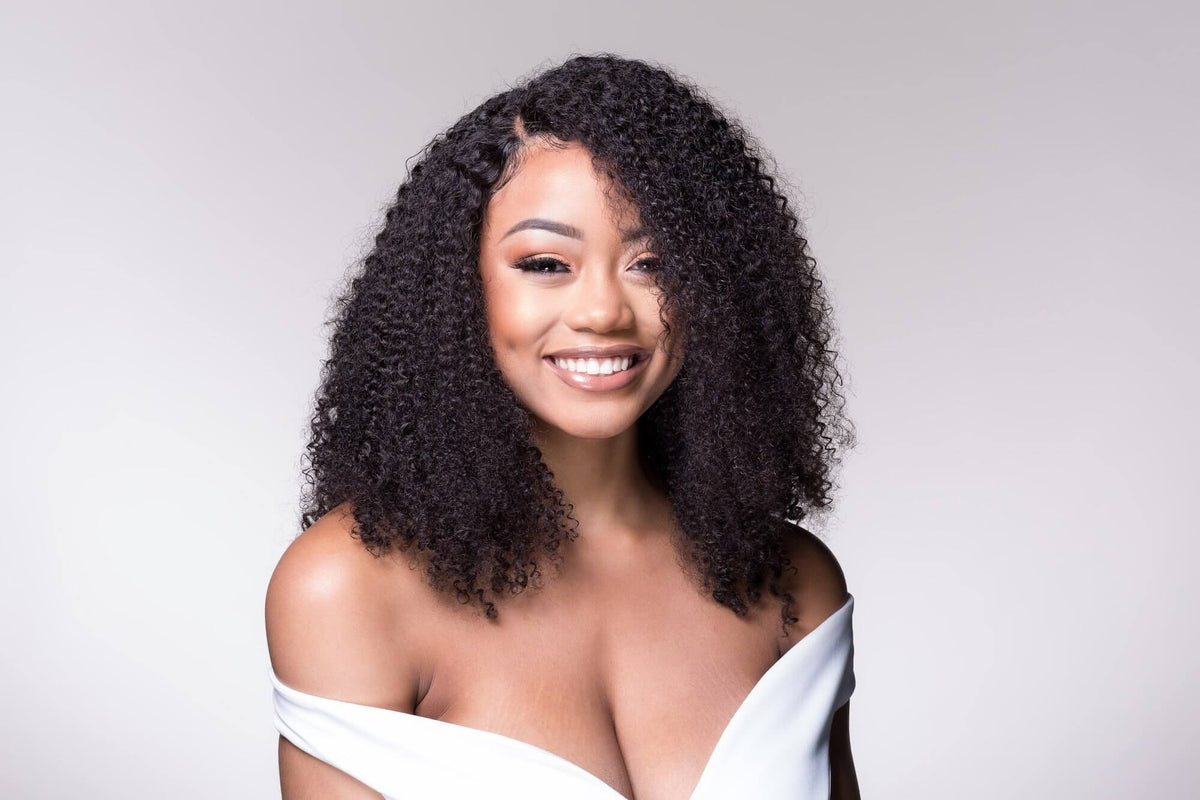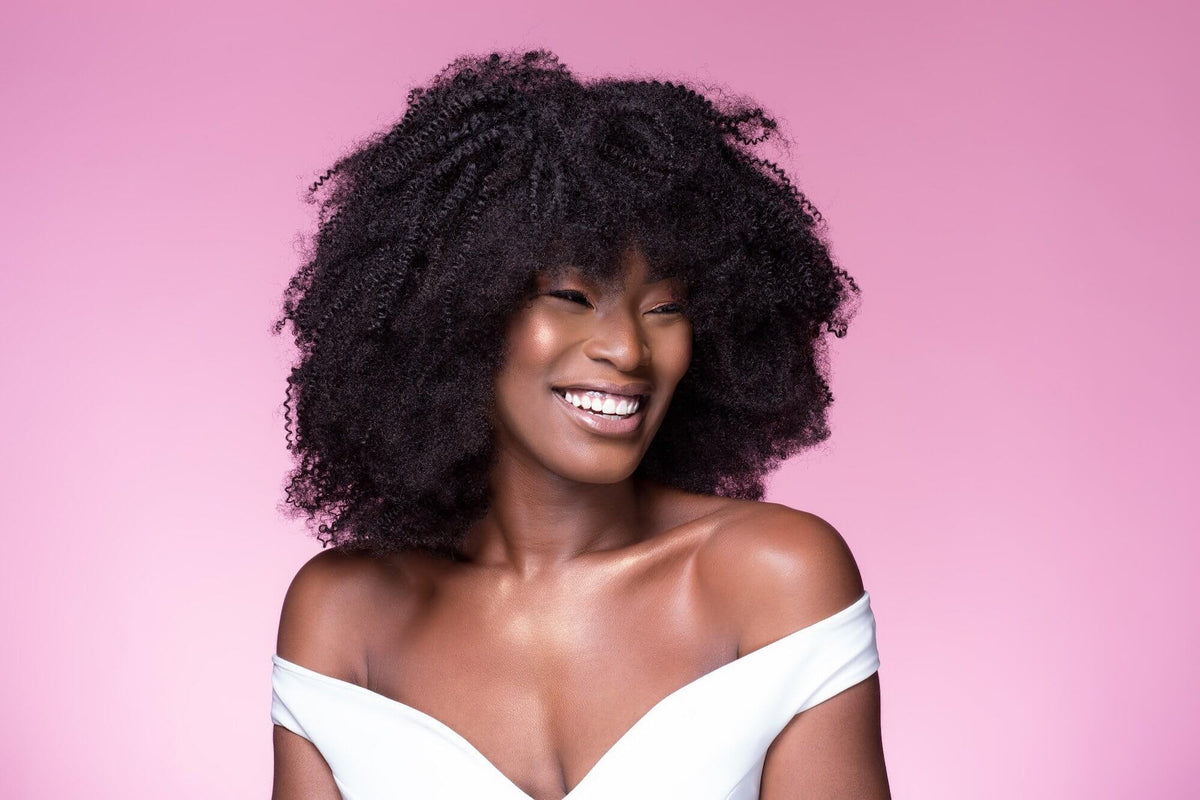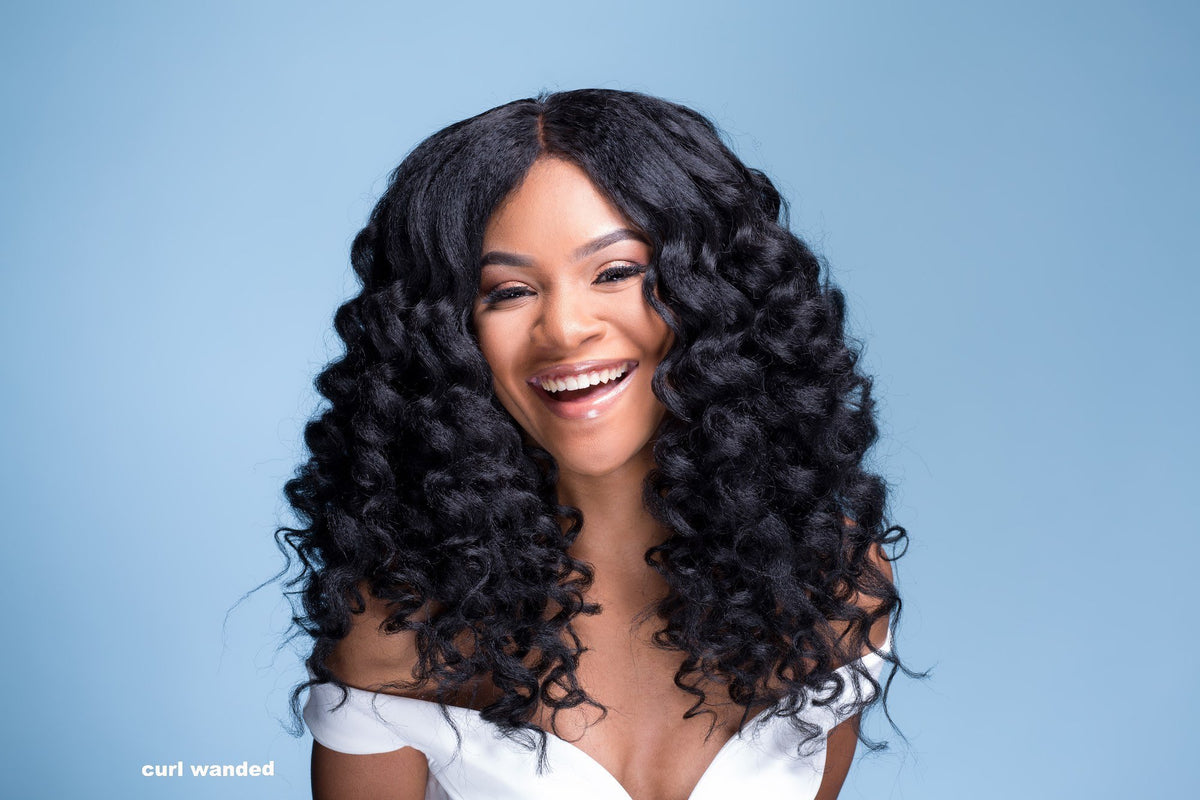
One of the best protective styles in the natural hair community are natural hair wigs. Wigs are very versatile because you can be Diana Ross or Whitney Houston today then slay like Beyonce or J-Lo tomorrow. Protective styles are beneficial because they keep your natural hair protected since it is tucked away preventing breakage and loss of moisture.
In addition, it adds style versatility to your wardrobe depending on the look you are going for and time you have to do your hair. There is a wide variety of natural hair wigs to choose from. In fact, whenever you hear the terms frontal, u-cap, lace frontal, hair caps, full wigs, half wigs or hair nets they are all related to the “wig process”. All of these terms play a role in the wig you will be wearing depending on the type. In this post we look at the various wig types and wearability.
Full Wig
The full wig is the simplest wig of all and the original. It does not include any frontals or u-cap. You just put it on top of your hair and voila! These wigs are normally what you see in hair stores on the dolls or on the mannequins in a clothing store. To wear a full wig you simply moisturize your natural crown and then cornrow or flat twist your hair down. You can then place a silk wig liner on your flattened hair to keep the hair in place and moisturized when you put on the wig.
Next, fix the wig to your desired liking by changing the part or putting it into a low ponytail. Full natural wigs are beneficial because they are simple to install and affordable. In addition, for days you need a break from the daily grind of dealing with your curls or are too busy to do your hair, full wigs are easy to put on and comfortable depending on the cap type.
Keep in mind that there is no leave out to flat iron or keep unprotected, no distinctive part and blending is necessary either. The major disadvantage of a full wig is that it cannot be placed into a high bun or ponytail since the hair is not sewn on. Hence it can only stay in select styles to avoid detection: down or in a ponytail.
Lace Front and Lace Capped Wigs
Lace front wigs are specially designed. They are designed to show the scalp though the mini lace row at the top. And, once it is pressed against the scalp it makes your hair line look more natural. This type of wig is preferred by many naturals because of its natural look, comfort and security when worn.
Lace front and lace capped wigs enable you to part the wig anywhere to your own desire without it being known that it is as a wig and still requires no leave out, so it continues to be the ultimate protective style.
Many celebrities and socialites we follow prefer lace front or lace capped wigs such as Beyonce and Oprah Winfrey. These wigs are applied in many ways. Some can be sewn onto the hair net or placed over your natural hair and then glued to the perimeter of your hairline.
For the most natural look, it is recommended that you install your wig with the help of a stylists to learn more about your options and to protect your edges.
Monofilament Based Wigs
Monofilament wigs are worn by superstars such as Dolly Parton. They are very natural looking, comfortable and breathable wigs. Most monofilament wigs provide an appearance of your scalp through the wig because of the sheer flesh toned row at the top. Thus, creating a realistic parting. This wig application process and benefits are the same as the Lace Front or Lace Capped wigs. However, these wigs types usually come with a hefty price point when customized.
Partial Wigs
Partial or half wigs only using a portion of the wig to blend in with your hair. You may need more volume, density, color or length in a specific area and these wigs do the job. Women who want a ‘pop’ of color for one section of their hair or more curls for their curly bun or wish to add volume to their wash and go often turn to half wigs to achieve such styles. Partial wigs are normally just clipped in or glued into the specific area. They can be bought or made at home with natural hair extensions and clips.
U-Part Wig
The U-part wig requires minimal leave out and leaves an empty area on the top of your hair in the form of a “U” hence its name. The leave out which would be your natural hair would have to be blended in with the wig. If the wig is straight, then you would have to flat iron your natural hair or you can find a wig like your hair texture so that blending is easier.
As you embark upon your wig journey this year remember to care for your natural hair while you are wearing the wig by cleansing and moisturizing it before, during and after installment. It is also recommended that you give your natural hair a break from wearing the wig for a long period.
Whether you wear a full wig or a lace capped wig, enjoy the break and styling versatility until you are ready to deal with your curls again.



